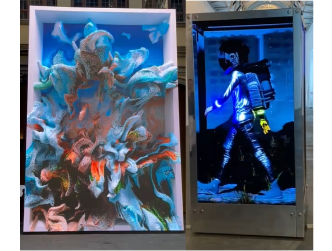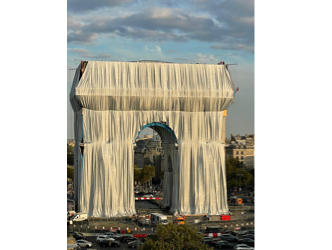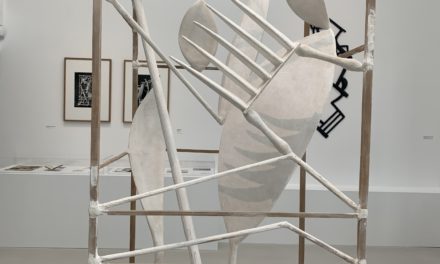Made in USA

Jackson Pollock
Art is eminently political. Towards the end of the Second World War, when Europe had been bled dry and the way was paved for new forms of expression that were “made in the USA”, like the abstract expressionism of artists like Pollock and Rothko, the most powerful theorist of the time across the Atlantic, Clement Greenberg, categorically refuted the idea of any French influence on these nascent movements.
Accusing surrealism

Salvador Dali
In 1944 Clement Greenberg even accused surrealist painting of “promoting the rehabilitation of academic art under a new literary disguise”.
Eric de Chassey
An exceptional exhibition is currently on view not in New York or in Paris, but in Marseille, directed by the art historian Eric de Chassey, who reshuffles the deck and reveals the links between the new world and the old, before and after the global conflict. According to him, there were two major figures who played a key role across the Atlantic in relation to surrealism.
Duchamp, Dali
These were Marcel Duchamp, who visited the States regularly from 1915 onwards, and Salvador Dali, who was even employed by Hollywood.
Villa Air Bel
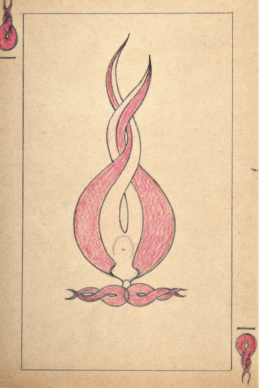
Max Ernst
But the story well and truly begins in Marseille in 1940, when the surrealists, led by André Breton, found a refuge in the Villa Air Bel on the outskirts of the city while awaiting their departure for America by boat.
Games
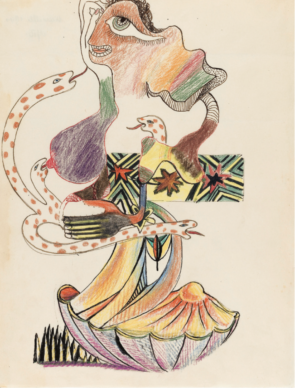
Brauner, Breton, Dominguez, Herold, Lam Lamba
This community, thrown together by circumstance, also included Max Ernst, Leonora Carrington, and Wifredo Lam… and to keep their anxiety at bay they collectively created graphic games, before regrouping – most of them at least – on the other side of the Atlantic. In Marseille we can see their beautiful “exquisite corpse” drawings and other tarots revisited from Marseille, which now belong to municipal collections.
Harold Lehman
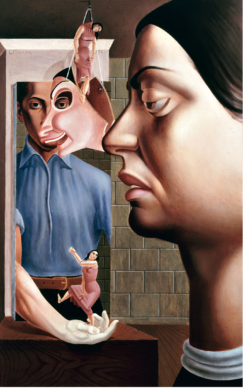
Harold Lehman
Surrealism was not completely unknown in New York, since there was a local offshoot of the movement (see the extraordinary “Portrait of a Dancer Plus a Sculptor” by Harold Lehman in 1934).
Fantastic art

The American artist Joseph Cornell was the first to produce his “worlds in a box”, containing miniature universes, in 1931. The movement itself, theorized with authority by André Breton, was the subject of an exhibition at Moma in New York in 1936 entitled “Fantastic Art Dada, Surrealism”.
Julien Levy, Pierre Matisse
It was also showcased by the specialist gallery run by Julien Levy who staged an early Dali show in 1933, among others. Pierre Matisse, the New York dealer and son of the painter (see the exhibition dedicated to him at the Matisse Museum in Nice) was a great champion of Joan Miro, among others.
Matta and Motherwell

Roberto Matta
A number of European artists fled to New York during the war, where they were in permanent dialogue with the young locals. Roberto Matta ran workshops with Pollock and Motherwell, while Breton included Arshile Gorky in his movement.
Rothko, Pollock
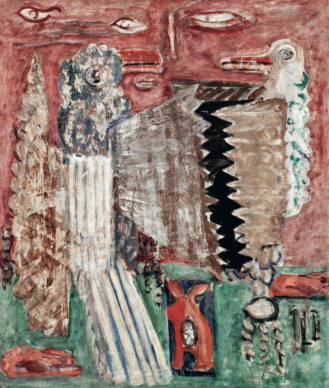
Mark Rothko
At the exhibition in Marseille the canvases from 1941-42 by Rothko and from 1945 by Pollock leave no doubt as to the aesthetic influence of the surrealists.
Louise Bourgeois

Louise Bourgeois
Louise Bourgeois officially rejects having been influenced by the group, which she did nonetheless frequent during this period, but her oblong wooden forms from the late 1940s resemble supernatural figures.
Claes Oldenburg
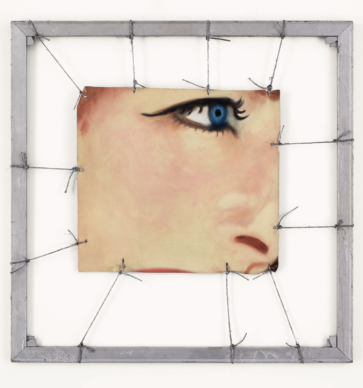
James Rosenquist
Dali said of the Pop artist Claes Oldenburg, who made huge soft sculpture objects, that they resembled his melting clocks.
Andy Warhol
And Andy Warhol attended the first retrospective of Marcel Duchamp in 1966 in Pasadena. He also featured the master of the readymade in one of his screen tests, a video portrait with no sound. At the Marseille exhibition there is a proliferation of striking examples.
Art history
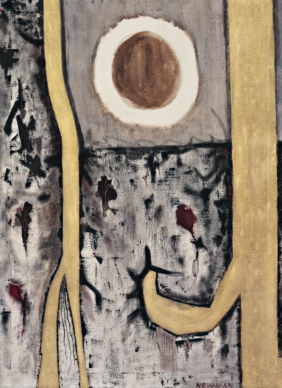
Barnett Newman
The history of 20th century art is gradually starting to be revisited, detached at long last from national interests.
Le surréalisme dans l’art américain. (Surrealism in American Art) Until 26 September 2021. Centre de la Vieille Charité. Marseille. https://vieille-charite-marseille.com.
Support independent news on art.
Your contribution : Make a monthly commitment to support JB Reports or a one off contribution as and when you feel like it. Choose the option that suits you best.
Need to cancel a recurring donation? Please go here.
The donation is considered to be a subscription for a fee set by the donor and for a duration also set by the donor.

